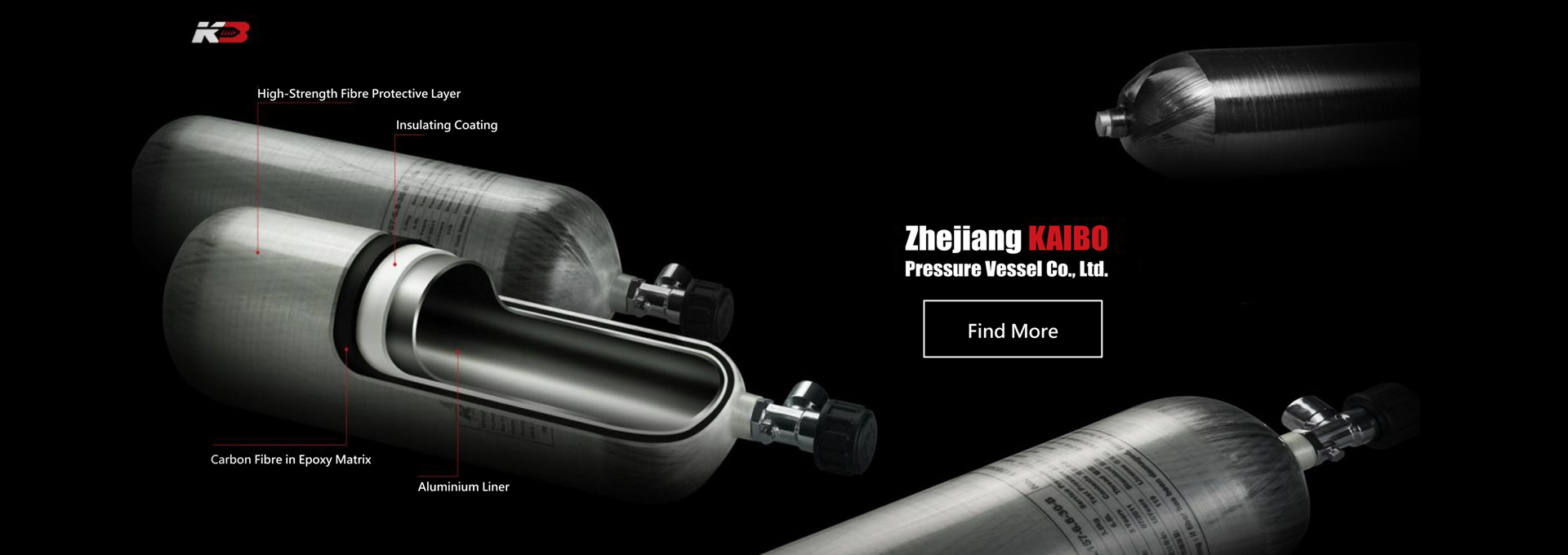Self-Contained Breathing Apparatus (SCBA) plays a pivotal role in ensuring the safety of individuals working in hazardous environments where the air quality is compromised. One crucial aspect of SCBA is its autonomy time – the duration for which a user can safely breathe from the apparatus before requiring a refill or exit from the hazardous area.
Factors Influencing SCBA Autonomy Time:
1-Cylinder Capacity: The primary factor impacting autonomy time is the capacity of the air or oxygen cylinder integrated into the SCBA. Cylinders come in various sizes, and larger capacities provide an extended operational period.
2-Breathing Rate: The rate at which a user breathes significantly influences autonomy time. Physical exertion or stress can elevate breathing rates, leading to quicker consumption of the air supply. Proper training to manage breathing efficiently is crucial.
3-Pressure and Temperature: Changes in environmental pressure and temperature affect the volume of air within the cylinder. Manufacturers consider these factors in their specifications to provide accurate autonomy time estimates under different conditions.
4-User Training and Discipline: The effectiveness of SCBA is not solely dependent on its design but also on how well users are trained to use it. Proper training ensures that individuals use the apparatus efficiently, optimizing autonomy time in real-world scenarios.
5-Integrated Technologies: Some advanced SCBA models incorporate electronic monitoring systems. These technologies offer real-time information about the remaining air supply, allowing users to manage their breathing and operational time more effectively.
6-Regulatory Standards: Compliance with industry and safety standards is crucial. Manufacturers design SCBA systems to meet or exceed these standards, ensuring that autonomy time is in line with safety regulations.
Significance of Autonomy Time:
1-Emergency Response: In emergency situations like firefighting or rescue operations, having a clear understanding of autonomy time is critical. It enables responders to plan their actions efficiently and ensures they exit hazardous areas before the air supply is depleted.
2-Operational Efficiency: Knowing autonomy time helps organizations plan and execute operations more effectively. It allows for better resource allocation and management in scenarios where multiple individuals are using SCBA simultaneously.
3-User Safety: Autonomy time is directly linked to the safety of individuals using SCBA. Properly estimating and managing autonomy time reduces the risk of users running out of air unexpectedly, preventing potential accidents or injuries.
In conclusion, SCBA autonomy time is a multifaceted aspect that involves both the design of the apparatus and the behavior of the user. It is a critical parameter that influences the success of operations in hazardous environments, emphasizing the need for continuous training, adherence to standards, and advancements in technology to enhance safety and efficiency.
Post time: Dec-29-2023

